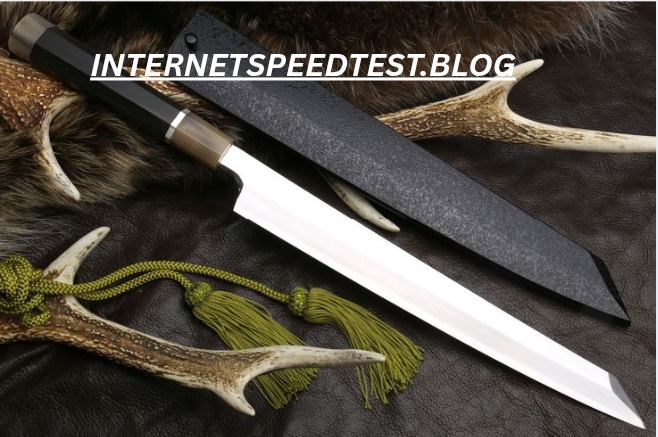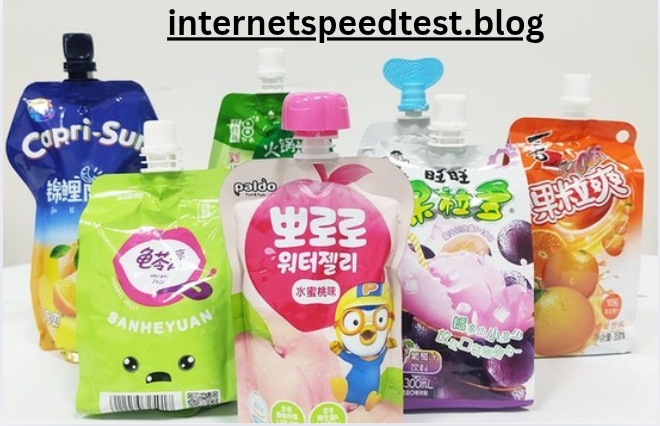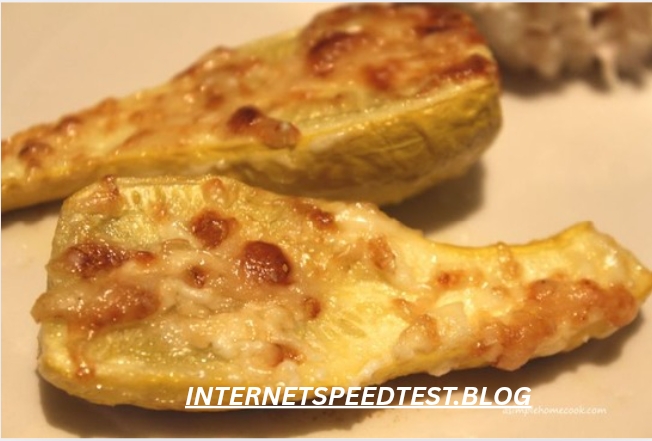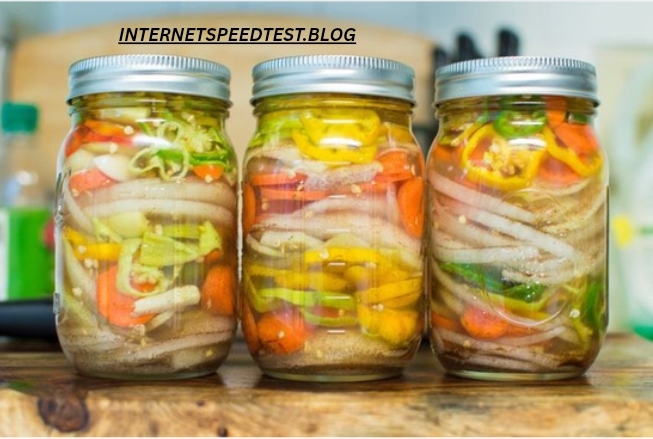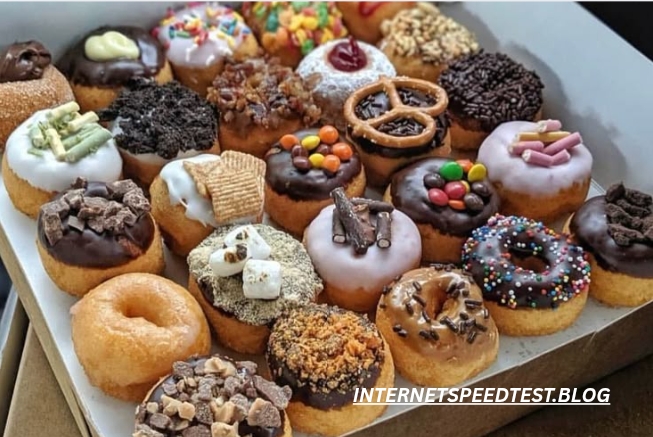Introduction
When it comes to premium Japanese knives, the Shuji Yamaguchi knife stands out as a masterpiece of precision, durability, and artistry. Crafted by skilled artisans in Japan, these knives are revered by professional chefs and culinary enthusiasts worldwide for their exceptional sharpness, balance, and aesthetic appeal.
In this comprehensive guide, we will explore:
- The history and craftsmanship behind Shuji Yamaguchi knives
- Key features that make them unique
- Different types of Shuji Yamaguchi knives
- How to choose the right one for your needs
- Proper care and maintenance tips
- Where to buy authentic Shuji Yamaguchi knives
By the end of this article, you’ll understand why investing in a Shuji Yamaguchi knife is a decision that elevates your cooking experience.
The History and Legacy of Shuji Yamaguchi Knives
The Art of Japanese Knife-Making
Japanese knife-making, or “Hōchō” (包丁), dates back centuries, with techniques passed down through generations. Unlike Western knives, Japanese blades are known for their single-bevel edges, which provide unparalleled sharpness and precision.
Who is Shuji Yamaguchi?
Shuji Yamaguchi is a renowned master bladesmith from Japan, specializing in high-end kitchen knives. His knives are crafted using traditional Tamahagane steel (a type of high-carbon steel) and forged with techniques perfected over decades.
Each Shuji Yamaguchi knife is a testament to:
- Hand-forged excellence – Every blade is individually hammered and shaped.
- Razor-sharp edges – Achieved through meticulous sharpening on water stones.
- Elegant design – Featuring beautiful Damascus patterns and custom handles.
Why Shuji Yamaguchi Knives Are Exceptional
1. Premium Steel Composition
Shuji Yamaguchi knives are made from:
- VG-10 Steel – High-carbon stainless steel with excellent edge retention.
- Damascus Cladding – Multiple layers of steel for durability and a stunning wavy pattern.
- Blue & White Paper Steel – Traditional Japanese steels known for extreme sharpness.
2. Hand-Forged Construction
Unlike mass-produced knives, each Shuji Yamaguchi knife is:
- Individually forged for superior strength.
- Differential heat-treated to enhance hardness while maintaining flexibility.
- Hand-sharpened to a mirror polish for effortless cutting.
3. Ergonomic Design
- Wa-style handles (octagonal or D-shaped) for a comfortable grip.
- Perfect weight distribution for precision slicing.
- Rounded spines to reduce finger fatigue during prolonged use.
4. Unmatched Sharpness & Edge Retention
Thanks to the single-bevel or double-bevel grind, these knives stay sharper longer than most Western knives.
Types of Shuji Yamaguchi Knives
1. Gyuto (Chef’s Knife)
- Best for: General-purpose chopping, slicing, and dicing.
- Blade Length: 180mm to 270mm.
- Features: Versatile, with a slight curve for rocking cuts.
2. Santoku (All-Purpose Knife)
- Best for: Vegetables, fish, and boneless meats.
- Blade Length: 165mm to 210mm.
- Features: Flat edge for push-cutting precision.
3. Nakiri (Vegetable Knife)
- Best for: Precision vegetable slicing.
- Blade Length: 165mm to 180mm.
- Features: Thin, straight blade for clean cuts.
4. Yanagiba (Sashimi Knife)
- Best for: Slicing raw fish for sushi and sashimi.
- Blade Length: 240mm to 300mm.
- Features: Long, single-bevel edge for ultra-thin slices.
5. Petty (Utility Knife)
- Best for: Peeling, trimming, and small tasks.
- Blade Length: 120mm to 150mm.
- Features: Compact and agile.
How to Choose the Right Shuji Yamaguchi Knife
1. Consider Your Cooking Style
- Home cooks: Santoku or Gyuto.
- Sushi chefs: Yanagiba or Deba.
- Vegetable-focused cooks: Nakiri.
2. Blade Material Preference
- Stainless steel (VG-10): Low maintenance, rust-resistant.
- Carbon steel (Blue/White): Sharper but requires more care.
3. Handle Type
- Wa (Japanese) handle: Lightweight, traditional.
- Western handle: Heavier, familiar grip.
4. Budget
- Entry-level: $150–$300.
- High-end Damascus: $400–$1,000+.
Caring for Your Shuji Yamaguchi Knife
1. Cleaning & Storage
- Hand wash only – Avoid dishwashers.
- Dry immediately to prevent rust.
- Store in a knife sheath or magnetic strip.
2. Sharpening & Honing
- Use a whetstone (1000/6000 grit) for sharpening.
- Honing rod for quick edge alignment.
3. Avoid Misuse
- Never cut frozen foods or bones.
- Use a wooden or soft cutting board.
Where to Buy Authentic Shuji Yamaguchi Knives
To ensure you get a genuine Shuji Yamaguchi knife, purchase from:
- Official Japanese retailers (e.g., Hocho Knife, Japanese Chefs Knife).
- Specialty knife stores (e.g., Korin, Chef’s Armoury).
- Reputable online marketplaces (Amazon, eBay – but verify seller authenticity).
Final Thoughts: Is a Shuji Yamaguchi Knife Worth It?
If you’re serious about cooking, investing in a Shuji Yamaguchi knife is a game-changer. With unmatched sharpness, durability, and craftsmanship, these knives are designed to last a lifetime when properly cared for.
Whether you’re a professional chef or a home cook, owning a Shuji Yamaguchi knife means experiencing the pinnacle of Japanese cutlery artistry.
Ready to Elevate Your Kitchen?
Explore the Shuji Yamaguchi knife collection today and take your culinary skills to the next level!
